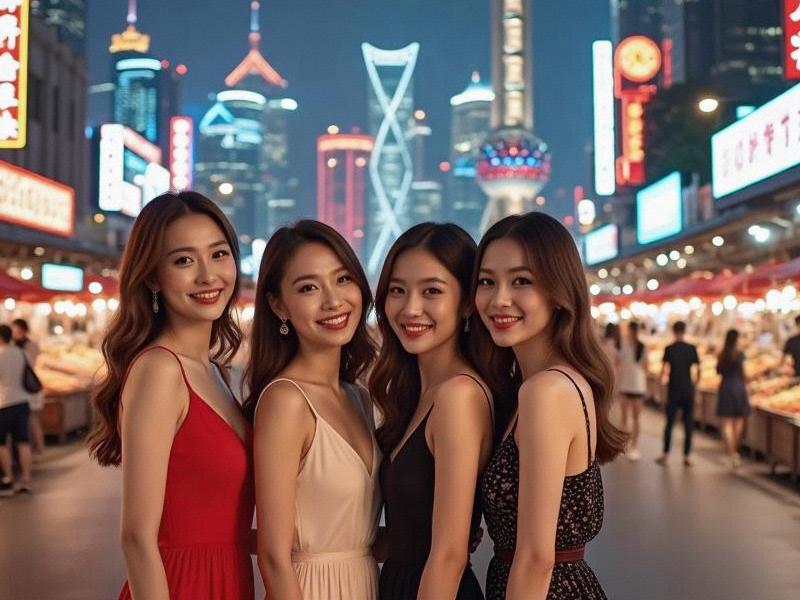Exploring how Shanghai-based female influencers are shaping China's massive beauty industry through innovative digital content creation.

The Rise of Shanghai's Beauty Influencers: How Local Women Are Dominating China's Digital Beauty Scene
In the neon-lit towers of Shanghai's Pudong district, a new generation of beauty entrepreneurs is rewriting the rules of China's cosmetics industry. These tech-savvy Shanghainese women have leveraged social media platforms to build beauty empires that rival traditional cosmetics companies in influence and revenue.
Shanghai: The Perfect Breeding Ground
Several factors make Shanghai the ideal hub for beauty influencers:
- Highest concentration of international beauty brands in China
- Cutting-edge digital infrastructure
- Cosmopolitan population open to new trends
- Strong e-commerce ecosystem with JD.com and Alibaba headquarters
Platform Powerhouses
Shanghai's top beauty influencers master multiple platforms:
1. Douyin (TikTok China): For viral makeup tutorials
2. Xiaohongshu (Little Red Book): For detailed product reviews
上海龙凤sh419 3. WeChat: For building private fan communities
4. Bilibili: For long-form educational content
Case Study: Vivian Lau's 24-Hour Livestream
Local influencer Vivian Lau made headlines when her 12.12 Shopping Festival livestream:
- Lasted 24 consecutive hours
- Featured 87 beauty products
- Generated ¥58 million (≈$8.9 million) in sales
- Attracted 4.3 million unique viewers
"Shanghai girls understand both Western and Asian beauty standards," Lau explains. "We crteeacontent that bridges these worlds."
The Data Behind the Beauty
Shanghai's beauty KOLs (Key Opinion Leaders) outperform other Chinese cities in:
上海娱乐 - Average engagement rate (7.2% vs national average 4.8%)
- Brand partnership frequency (3.2 collabs/month)
- Follower growth rate (12% monthly)
Specialized Niches Emerging
The market is segmenting into specialized areas:
- "Clean Beauty" Advocates: Promoting non-toxic formulations
- Skincare Scientists: Focusing on ingredient education
- Vintage Shanghai Glam: Reviving 1920s beauty styles
- Male Beauty Gurus: Breaking gender stereotypes
Challenges and Controversies
The industry faces growing pains:
- Platform algorithm changes disrupting traffic
上海喝茶群vx - Increasing regulation of medical claims
- Oversaturation in certain product categories
- Pressure to maintain "perfect" public images
Future Trends
Industry experts predict:
1. VR/AR virtual makeup trials becoming standard
2. More AI-powered personalized skincare recommendations
3. Growth of "beauty tech" hybrid products
4. Expansion into Southeast Asian markets
Conclusion
Shanghai's beauty influencers represent the cutting edge of China's digital consumer revolution. By combining Shanghai's historic appreciation for aesthetics with modern tech platforms, these women have created a new paradigm in the beauty industry that's being studied worldwide. As one brand manager noted: "If a product succeeds with Shanghai's beauty fans, it will likely conquer all of China."